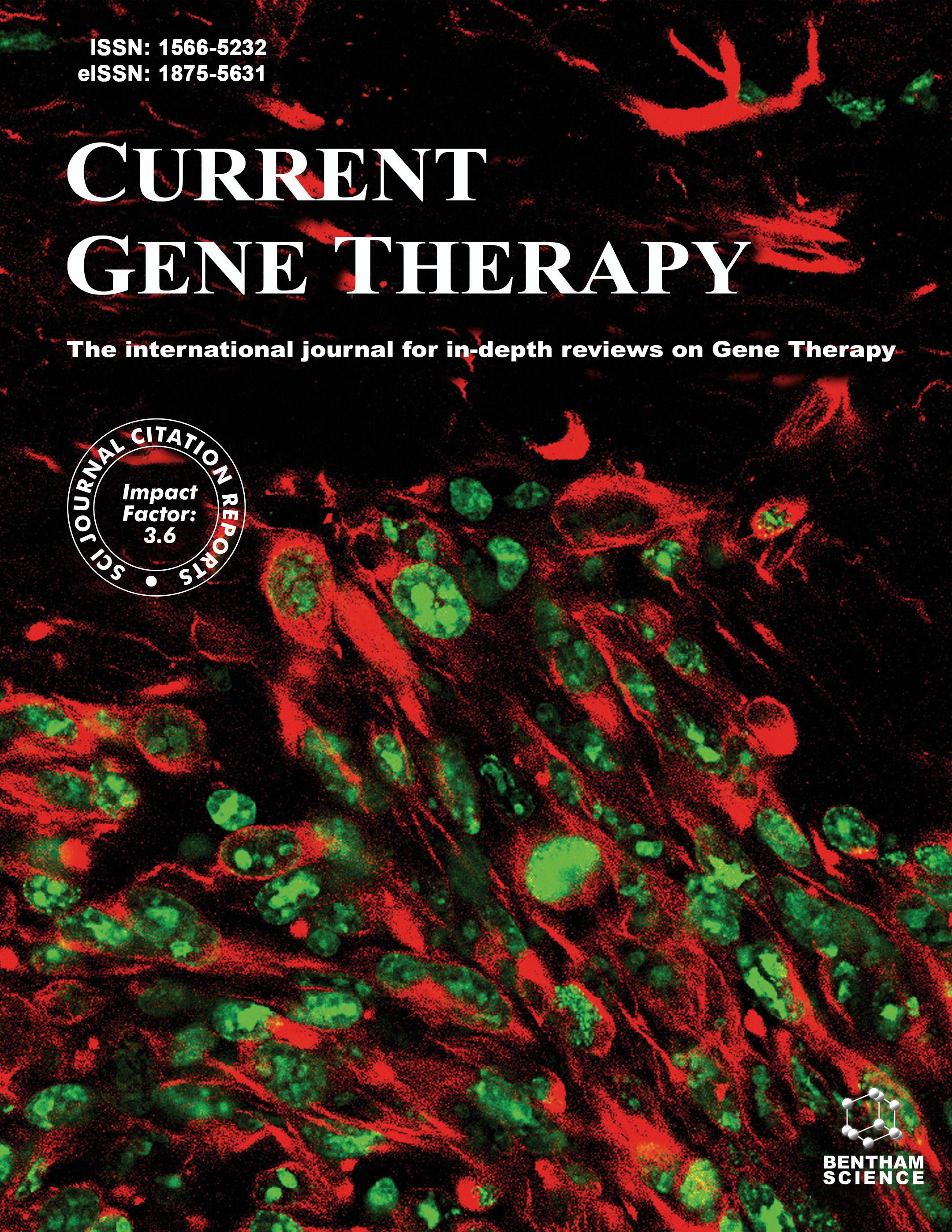-
s Targeted Genome Editing Tools for Disease Modeling and Gene Therapy
- Source: Current Gene Therapy, Volume 14, Issue 1, Feb 2014, p. 2 - 9
-
- 01 Feb 2014
Abstract
The development of custom-designed nucleases (CDNs), including zinc finger nucleases (ZFNs) and transcription activator-like effector nucleases (TALENs), has made it possible to perform precise genetic engineering in many cell types and species. More recently, clustered regularly interspaced short palindromic repeats (CRISPR)/CRISPR-associated (Cas) system has been successfully employed for genome editing. These RNA-guided DNA endonucleases are shown to be more efficient and flexible than CDNs and hold great potential for applications in both biological studies and medicine. Here, we review the progress that has been made for all three genome editing technologies in modifying both cells and model organisms, compare important aspects of each approach, and summarize the applications of these tools in disease modeling and gene therapy. In the end, we discuss future prospects of the field.


